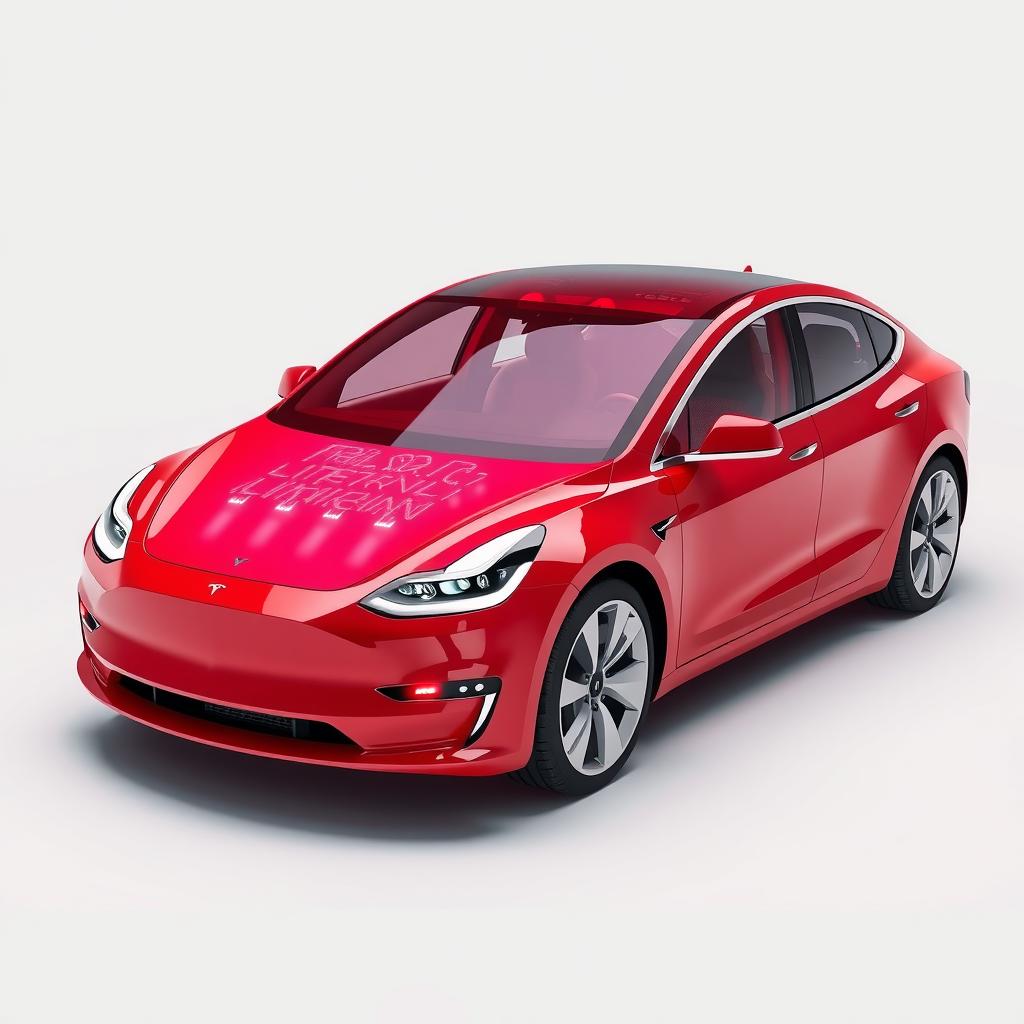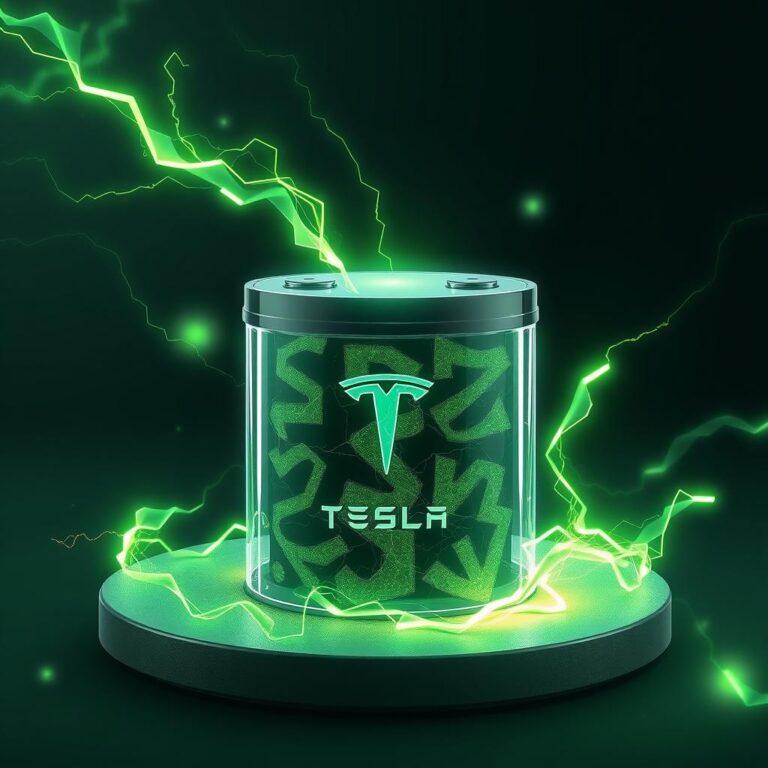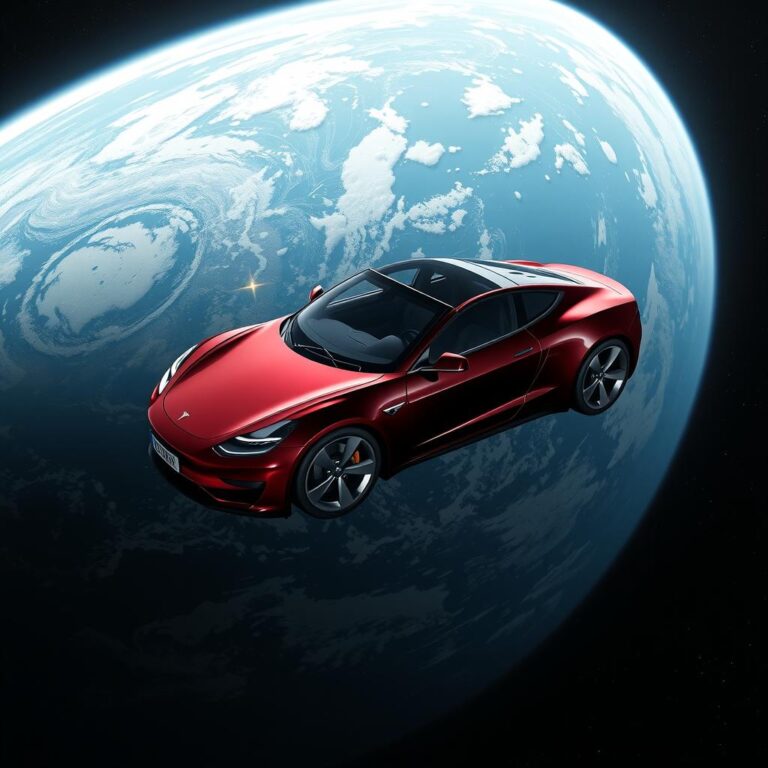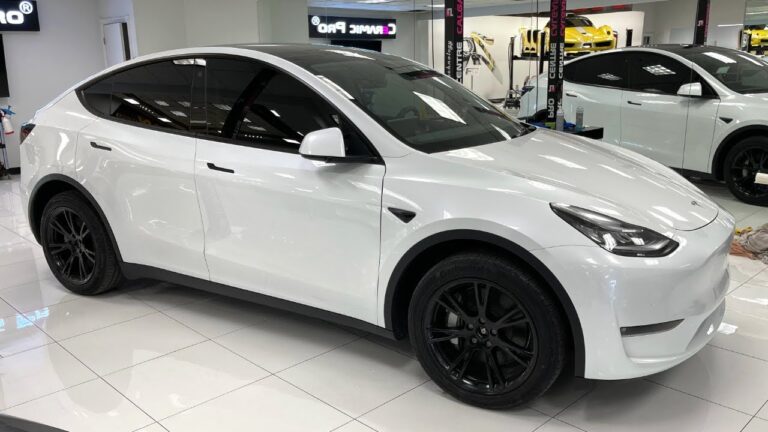Are Tesla Cars Driverless?
Are Tesla Cars Driverless? Let’s Set the Record Straight
We’ve all seen the headlines: “Tesla cars are driverless!” The world is buzzing with excitement about self-driving cars, and Tesla is at the center of it all. But hold up – are Tesla cars truly driverless? Let’s dive into this question, explore the facts, and clear up the confusion once and for all.
What Does “Driverless” Really Mean?
Before we even get into whether Tesla cars are driverless or not, let’s first define what “driverless” actually means. A driverless car, or autonomous vehicle, operates without human intervention. It’s designed to drive itself, using a mix of sensors, cameras, and software to navigate roads, avoid obstacles, and make decisions, just like a human driver would.
Sounds like something out of a sci-fi movie, right? Well, Tesla has been working on making this a reality. But are they truly there yet? Let’s explore.
What’s the Deal with Tesla’s Autopilot?
Tesla’s Autopilot is often the thing that gets people thinking their car is driverless. But here’s the thing – Autopilot is not a fully autonomous system. It’s a driver assistance feature, designed to help with tasks like steering, acceleration, and braking under certain conditions. So, can Tesla cars drive themselves with Autopilot? Not entirely.
The system requires the driver to stay alert and ready to take control at any time. Tesla’s Autopilot can handle a lot, but it’s not perfect. It’s still evolving, and a human hand on the wheel is necessary, especially in complex situations.
What Tesla’s Autopilot Can Do
Here’s where Tesla’s Autopilot shines:
- Lane Keeping: The car can steer itself to stay in its lane on highways and some roads.
- Traffic-Aware Cruise Control: Tesla can adjust its speed based on traffic conditions.
- Auto-Park: It can park itself in tight spaces, which is pretty cool if you’re not great at parallel parking.
- Navigate on Autopilot: Tesla can change lanes and take highway exits, though it still requires supervision.
So, while this is impressive, it’s important to note that these features don’t make the car fully autonomous. Tesla cars are far from being “driverless” under these conditions.
What’s the Difference Between Autopilot and Full Self-Driving?
Let’s talk about the difference between Tesla’s Autopilot and Full Self-Driving (FSD), another feature that often gets confused with true driverlessness. The key difference is in the level of autonomy.
Autopilot is what we’ve discussed above. It’s like having a super-helpful co-pilot. Full Self-Driving, on the other hand, is Tesla’s attempt to push things further. It includes features like:
- Automatic lane changes (without driver intervention)
- Summon (allowing your Tesla to drive to you in a parking lot)
- Navigate on Autopilot that works for city streets (not just highways)
- Stop Sign and Traffic Light Recognition (Tesla can stop at intersections without driver input)
While Full Self-Driving is more advanced, it’s still not fully autonomous. It’s classified as Level 2 autonomy, which means a human must be ready to take control at any moment. We’re talking about a level where the car can assist, but the driver is still the one in charge.
Why Can’t Tesla Cars Be Considered Truly Driverless?
The short answer is simple: Tesla cars are not completely autonomous. There’s still a lot of human involvement required. Even with Full Self-Driving, Tesla cars need a driver who’s paying attention, keeping their hands on the wheel, and ready to intervene.
At the moment, Tesla’s technology is progressing, but there are still many challenges to overcome before we see fully driverless cars. The sensors, the software, and the overall system still need to be perfected to handle all road conditions and scenarios without human help.
The Challenges of Achieving Fully Autonomous Driving
Let’s take a look at some of the major hurdles in getting to a fully driverless world:
- Weather and Road Conditions: Tesla’s sensors can struggle in heavy rain, snow, or fog, which can affect how well the car perceives the environment.
- Complexity of Human Driving: People can handle unpredictable scenarios, but for a car to do the same, it needs to understand everything from cyclists swerving into the road to pedestrians crossing unexpectedly.
- Regulatory Hurdles: There are still a lot of legal and safety concerns around letting cars drive themselves on public roads.
These challenges are why Tesla and other companies are still in the process of refining their self-driving technology. While it’s exciting, it’s also clear that we’re not there yet.
What’s the Future of Driverless Cars?
So, where do we go from here? Will we ever see truly driverless Tesla cars in our lifetimes?
The answer is likely yes – but it’s going to take time. Tesla is making huge strides, and so are other companies like Waymo and Cruise. Over the next decade, we can expect to see gradual improvements in autonomous vehicle technology.
We might see driverless cars in specific areas first, like urban centers or limited geofenced areas. Eventually, though, the dream of hopping into a car, sitting back, and letting it drive us wherever we want to go might become a reality. But for now, Tesla’s cars are still far from being truly driverless.
Frequently Asked Questions About Tesla and Driverless Technology
1. Is Tesla’s Autopilot the same as Full Self-Driving?
No, Tesla’s Autopilot is a driver-assistance system, while Full Self-Driving (FSD) includes additional features, like automatic lane changes and recognizing traffic lights and stop signs. However, neither system makes the car fully autonomous.
2. Can Tesla cars drive without anyone in the driver’s seat?
Currently, no. Tesla’s cars are not designed to be fully driverless, and a human must always be present, even with Autopilot or Full Self-Driving engaged.
3. Are Tesla’s self-driving cars safe?
Tesla cars equipped with Autopilot or Full Self-Driving have safety features that help reduce accidents, but there have been incidents where the system did not perform as expected. It’s important to remain alert when using these features.
In conclusion, while Tesla’s cars have advanced driver-assistance features, they are not fully driverless. The future of autonomous vehicles is bright, but for now, drivers must remain engaged. So, the next time you hear someone say that Tesla cars are driverless, you can confidently say, “Not quite yet!”

The Evolution of Tesla’s Self-Driving Technology
Tesla has been a leader in pushing the envelope when it comes to self-driving technology. They’ve been adding new features over time, and their updates are frequent. If you’re a Tesla owner, you probably already know that updates can happen overnight. One day, your car might have a new feature, like improved lane-keeping or better autopark functionality. This continuous improvement is one of the reasons Tesla has generated so much buzz about driverless technology.
But let’s take a step back and look at how we got here. Tesla started with the idea of making driving easier, and with Autopilot, they set out to make highways less stressful. It wasn’t long before they moved toward Full Self-Driving, adding features like Navigate on Autopilot and Smart Summon. The goal? To eventually reduce the need for human intervention entirely.
The Path to True Autonomy
True autonomy, also known as Level 5 autonomy, is when a car can drive itself in any conditions, anywhere, at any time, without human help. Tesla isn’t there yet, and neither is anyone else in the industry. But the progress they’ve made is undeniable. It’s also important to note that Tesla’s Full Self-Driving isn’t limited to just highway driving. They’re working on getting these systems to work on city streets, which is a whole different ball game.
The journey to fully autonomous vehicles involves many layers of complexity. Tesla’s approach is incremental – they add features as the technology matures and as regulators allow them. So, even though a Tesla is far from being fully driverless, each step toward Full Self-Driving brings us closer to that goal.
How Close Are We to Fully Autonomous Teslas?
It’s hard to predict exactly when we’ll see fully autonomous Teslas. However, some experts believe we could see them in as little as 5 to 10 years. But there’s a lot that has to happen before we can throw the word “driverless” around for real. Here are some key factors to consider:
- Technological Advancements: Tesla needs to refine their AI and sensor systems to handle more complex driving situations. The technology must become more reliable before we can trust it fully on public roads.
- Regulation: Governments around the world are still figuring out how to regulate autonomous vehicles. Once laws are in place, self-driving cars can be introduced at a larger scale.
- Public Perception: People need to trust autonomous cars. For now, many drivers are skeptical about fully letting go of the wheel, and it may take time to change that mindset.
While we’re not there yet, the road ahead is promising. The combination of Tesla’s constant updates, improvements in AI, and regulatory advancements could bring us closer to truly autonomous vehicles in the near future.
The Impact of Fully Driverless Teslas
If we look at the broader picture, the advent of fully autonomous Teslas could revolutionize transportation. Imagine a world where you hop into a car and tell it where you want to go – no driver’s license, no road rage, and no more worrying about parking. Pretty cool, right? But, like with any major shift, there are some potential impacts to consider:
- Less Human Error: The majority of accidents today are caused by human error. With autonomous vehicles, many of these accidents could be prevented.
- Job Displacement: Many jobs are tied to driving – think truck drivers, delivery drivers, and even taxi drivers. As driverless cars become a reality, some of these jobs could be at risk.
- Improved Traffic Flow: Self-driving cars can communicate with each other, which could lead to smoother traffic and fewer traffic jams.
These are just a few examples, but they give you a sense of how big the impact of fully autonomous Teslas could be. Of course, there are still many challenges to overcome before we see this future unfold, but it’s definitely something to look forward to.
Should You Rely on Tesla’s Autopilot Now?
At this point, if you’re considering getting a Tesla and wondering if you can just sit back and relax while the car drives itself – the answer is no. While Tesla’s Autopilot is impressive, it’s still a driver assistance system. It’s not a substitute for a fully autonomous car.
If you’re planning on using Autopilot, you should remain vigilant and ready to take over at any moment. If you’re hoping for a driverless experience, you might need to wait a bit longer until the technology fully matures.
What Tesla Owners Are Saying About Autopilot and Full Self-Driving
For those of us who don’t own a Tesla, it can be easy to imagine that the technology is ready to take over completely. But what do actual Tesla owners think about Autopilot and Full Self-Driving? Here’s a glimpse into their experiences:
Many Tesla owners are thrilled with Autopilot, especially on long road trips. It reduces the stress of highway driving, and the convenience of features like auto lane-keeping and traffic-aware cruise control makes the driving experience a lot more enjoyable.
However, most Tesla owners will tell you that they don’t trust the car to drive itself entirely. They know it’s not perfect and that it still requires their attention. But that doesn’t take away from the impressive capabilities that the car has.
In Conclusion: Are Tesla Cars Driverless?
In short, no. Tesla cars are not fully driverless. While they do have incredibly advanced driver-assistance features like Autopilot and Full Self-Driving, they still require human supervision. As of now, Tesla’s cars can’t drive themselves entirely without human input. But the technology is evolving, and we’re getting closer every day to a world where we can truly rely on autonomous vehicles.
So, are Tesla cars driverless? Not yet. But with constant updates and improvements, the future of Tesla and autonomous driving looks promising. Keep your eyes on the road – literally!



